US military conducts surveillance flight over Russia
A Pentagon official has announced that the US military is conducting a surveillance flight over Russia as part of a 17-year-old international agreement designed to build up confidence through opening the skies of the two countries to mutual observation.
The flight is being conducted under the 1992 Open Skies Treaty, an international accord aimed at promoting military transparency through reciprocal, unarmed observation flights over each of the 34 member countries.
"The United States is conducting an Open Skies Treaty observation flight over Russia beginning Friday, February 22, and ending Saturday, February 23," said Pentagon spokesperson Lieutenant Colonel Jamie Davis.
"Russia is aware of the flight," Davis said. "Six Russian Federation observers are on board the US aircraft to monitor all phases of the flight."
The flight is being carried out with a "treaty-certified OC-135B aircraft and cameras," the official said, adding that it was the first series of Open Skies flights over Russia since November 2017 due to recent tensions between Washington and Moscow.
Tensions between Russia and the US escalated following Washington's recent move to pull out of the Intermediate-Range Nuclear Forces (INF) Treaty over claims that Moscow had violated the Cold War-era arms control treaty.
US President Donald Trump announced last year that Washington would withdraw from the treaty, which was signed toward the end of the Cold War in 1987 by then US President Ronald Reagan and Soviet leader Mikhail Gorbachev.
Under the treaty, both sides were banned from creating ground-launch nuclear missiles with ranges from 500 to 5,500 kilometers and led to the elimination of nearly 2,700 short- and medium-range missiles. The pact also banned either side from deploying short and intermediate-range, land-based missiles in Europe.
Washington insists that Russia's new 9M729 missile is in violation of the treaty and should be dismantled immediately.
Russia rebutted the claim last month by unveiling the missile and its key specifications. Major General Mikhail Matveevsky, the Russian chief of missile and artillery troops, said the missile's maximum range is about 480 kilometers, well within what is allowed under the INF.
Putin on February 2 responded to the US move by suspending the agreement, authorizing his military forces to push ahead with the development of new missiles.
However, he said that Moscow will not deploy any new missiles unless Washington does so, because Russia does not want to enter a new arms race with the US.
Russia ‘ready’ for another Cuban missile crisis
Late on Wednesday, the Russian president warned that if the US chose to deploy intermediate-range missiles in Europe, Moscow would escalate the tension to a level similar to that of the Cuban missile crisis in 1962.

The Cuban missile crisis broke out when Moscow responded to a US missile deployment in Turkey by sending ballistic missiles to Cuba, sparking a standoff that brought the world to the brink of nuclear war.
"They (the tensions) are not a reason to ratchet up confrontation to the levels of the Cuban Missile Crisis in the 1960s. In any case that's not what we want," Putin said. "If someone wants that, well OK they are welcome. I have set out today what that would mean. Let them count (the missile flight times)."
Putin added that Russia could deploy hypersonic missiles on ships and submarines which could lurk outside US territorial waters if Washington proceeded with the deployment plan.
Relentless Israeli ceasefire violations justify need for self-defense: Lebanese MP
Tel Aviv tells Damascus Israeli forces will remain in occupied territory: Report
Dec. 22: ‘Axis of Resistance’ operations against Israeli occupation
‘Abhorrent’: Oxfam says only 12 trucks delivered aid in North Gaza since Oct.
VIDEO | Leader receives religious eulogists on Hazrat Fatima birth anniv.
Pope Francis slams Israel’s ‘machine-gunning’ of Gaza children
US hostage-taking of Iranian nationals violation of intl. law: Deputy FM
VIDEO | Carol Singers for Palestine on London’s Parliament Square


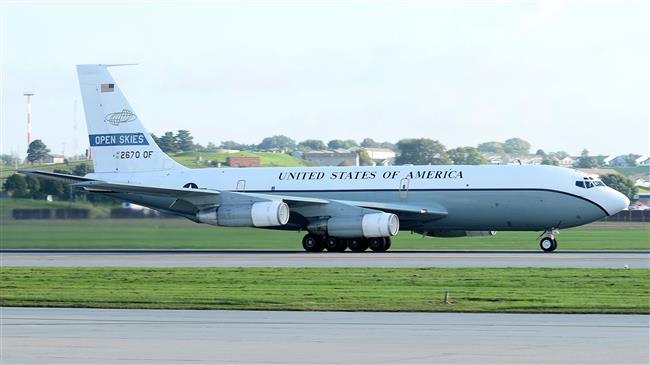

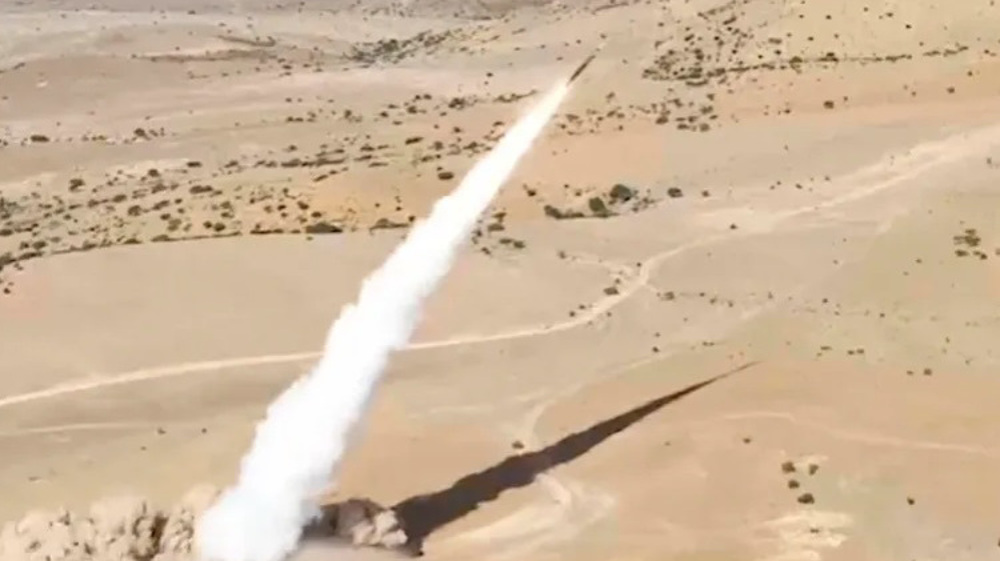
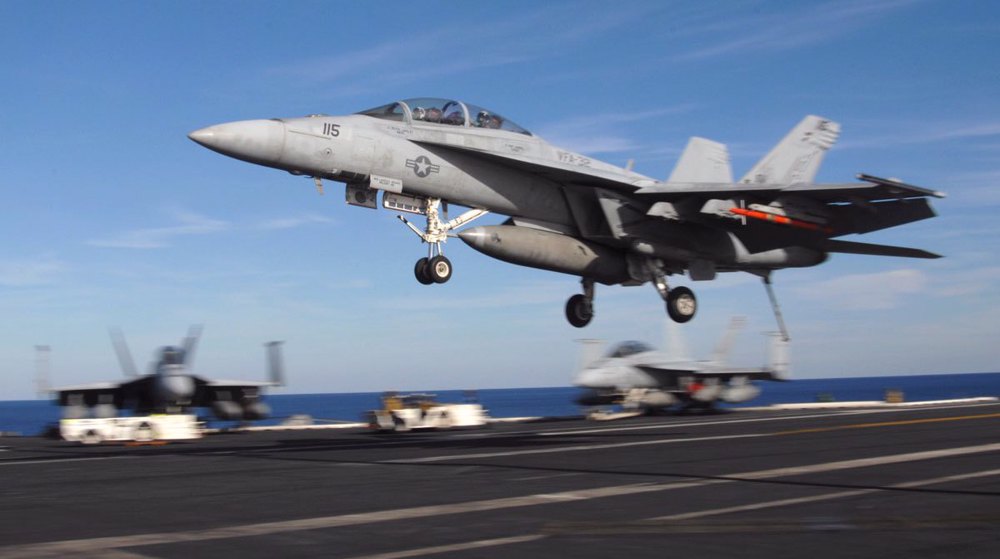




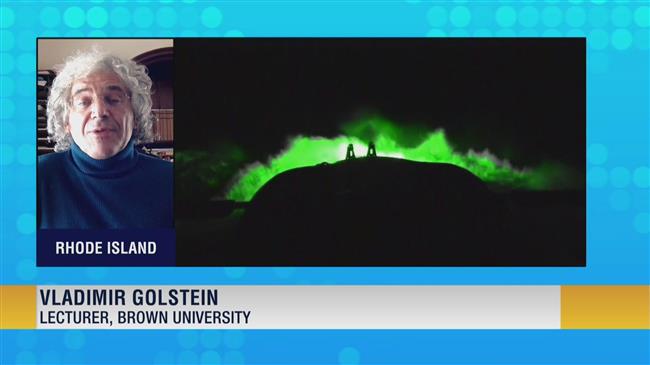
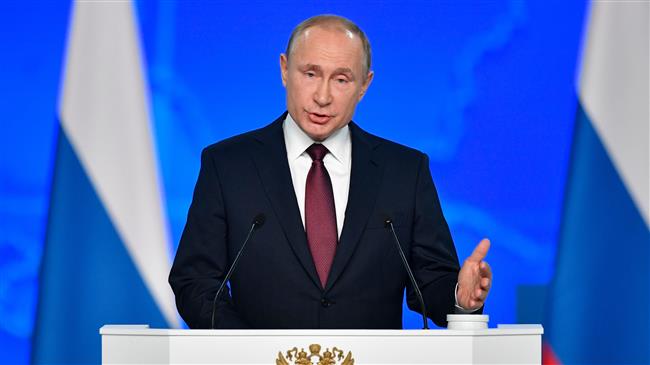


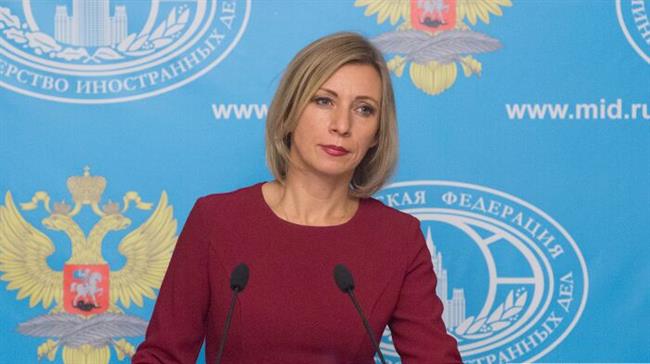
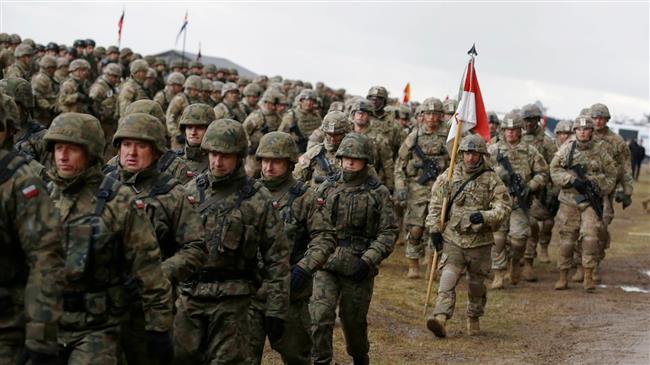

 This makes it easy to access the Press TV website
This makes it easy to access the Press TV website